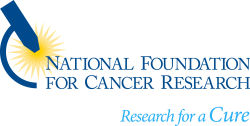Back in 2004, shares of Rita Medical surged as much as 67 percent after it reported positive results for its radio-frequency ablation (RFA) technology in a trial of lung cancer patients. The RFA system, which uses radio-frequency energy to heat tissue to a high enough temperature to kill cells, achieved a 91 percent survival rate in a trial of patients with primary nonsmall-cell lung cancer after both 12 months and 18 months.
AngioDynamics, having acquired Rita in early 2007, continues to pursue expanded indications for Rita’s RFA tools. RFA is currently an option for inoperable tumors.
The Rapture study was conducted to identify the feasibility, efficacy and safety of RF ablation of malignant lung tumors. Lung cancer is the leading cause of cancer death.
All patients were considered unsuitable for surgery, radiotherapy or chemotherapy. The results (published in July’s The Lancet Oncology) show a high proportion of sustained, complete tumor response after treatment.
The complete cure rate of about 90% exceeded the company’s expectations; RFA appears to be more effective than any other non-surgical treatment option. Commenting on the results, the Rapture’s lead author, Riccardo Lencioni, said, “RFA could become a treatment option for all patients who cannot have standard surgery, whether they have concomitant chemotherapy and radiotherapy or not.”

Physicians study used AngioDynamics 1500 and 1500X generators with an expandable AngioDynamics RITA StarBurst XL radiofrequency ablation system.
No procedure-related deaths, defined as any death within 30 days after treatment, occurred following any of the 137 ablation procedures.

